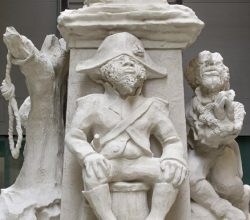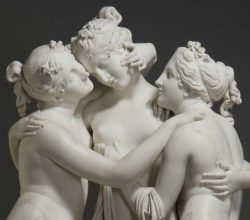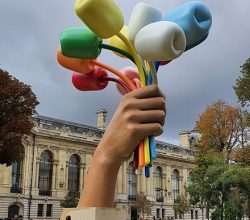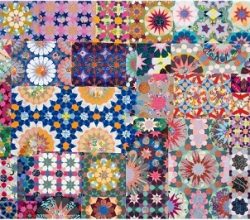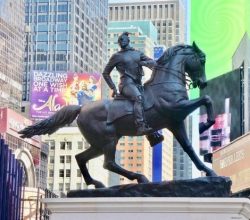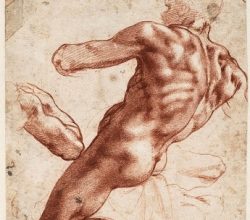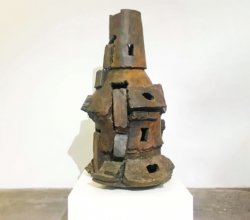
What the Hell Was Modernism? The Museum of Modern Art tries to open itself up
Jerry Saltz | Vulture | 3rd October 2019
Last rites for the monarchy of modernism. New York’s MoMA was founded on the view that modernism was the zenith of all art. Major changes in the display of its collection, about to be revealed, are a de facto admission that modernism is just one of many art movements. Expect art that is” less than a century old, less white, less male, and less [American] … the monolith of modernism is gone.” Expect more on this topic.

